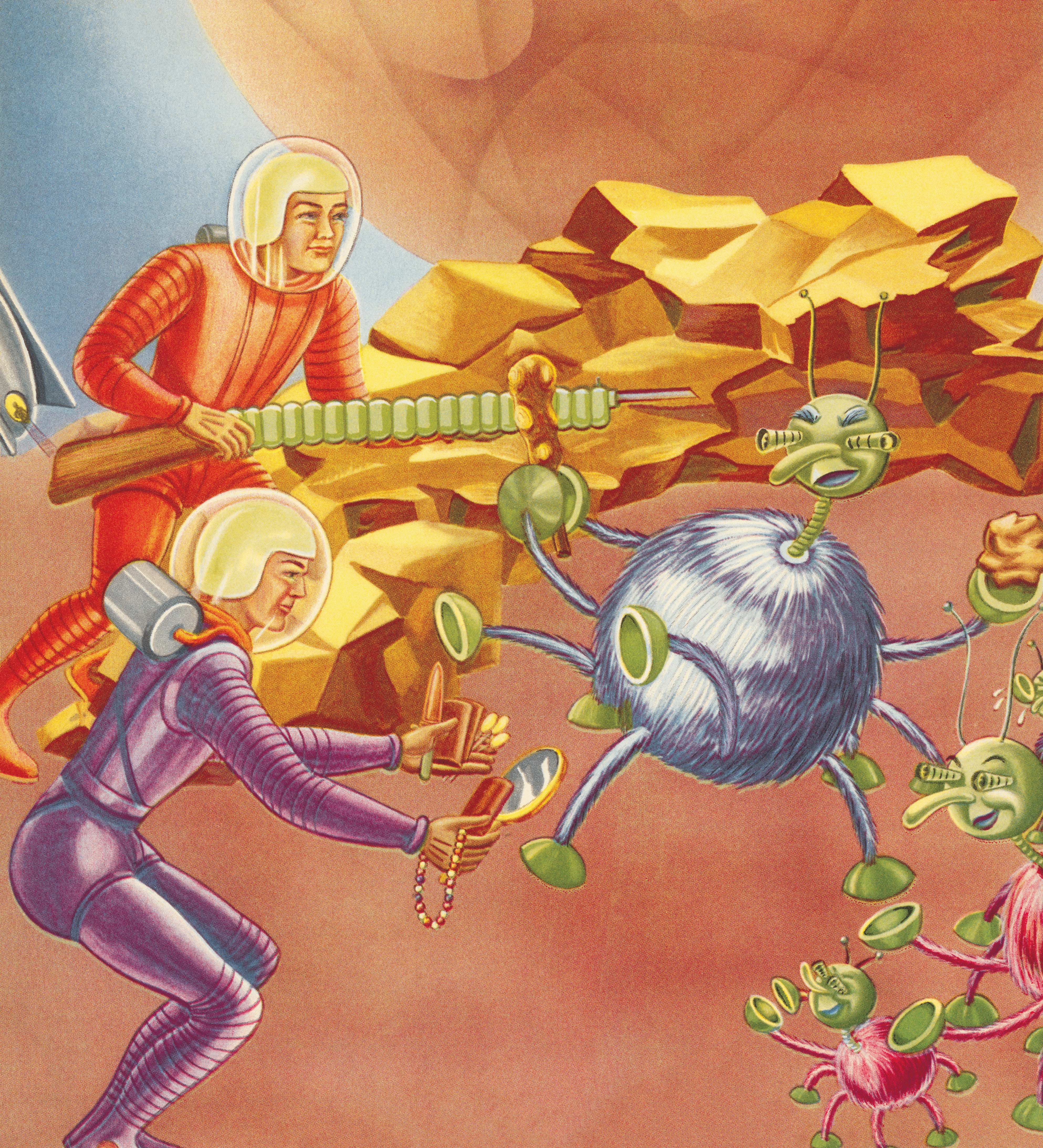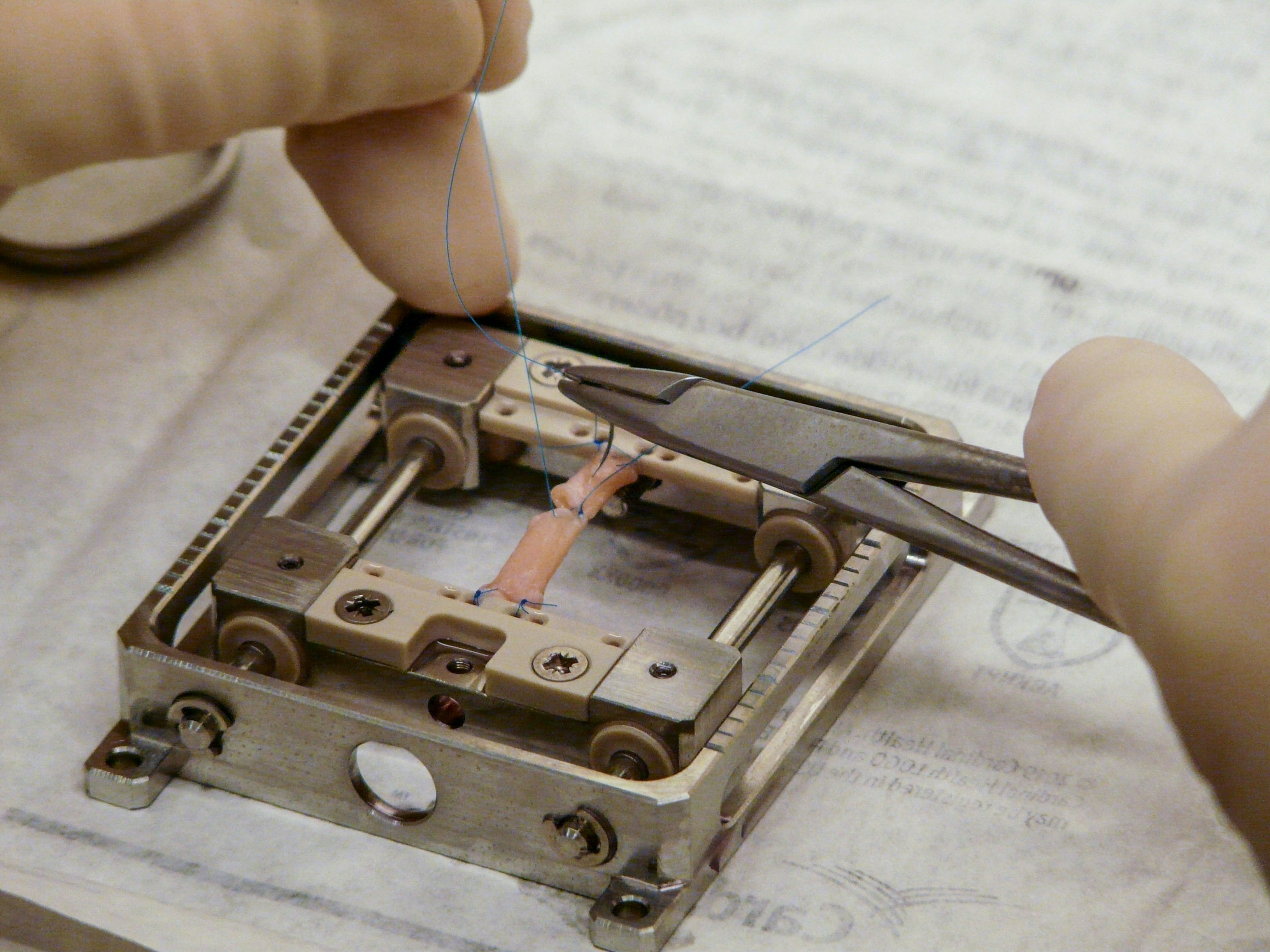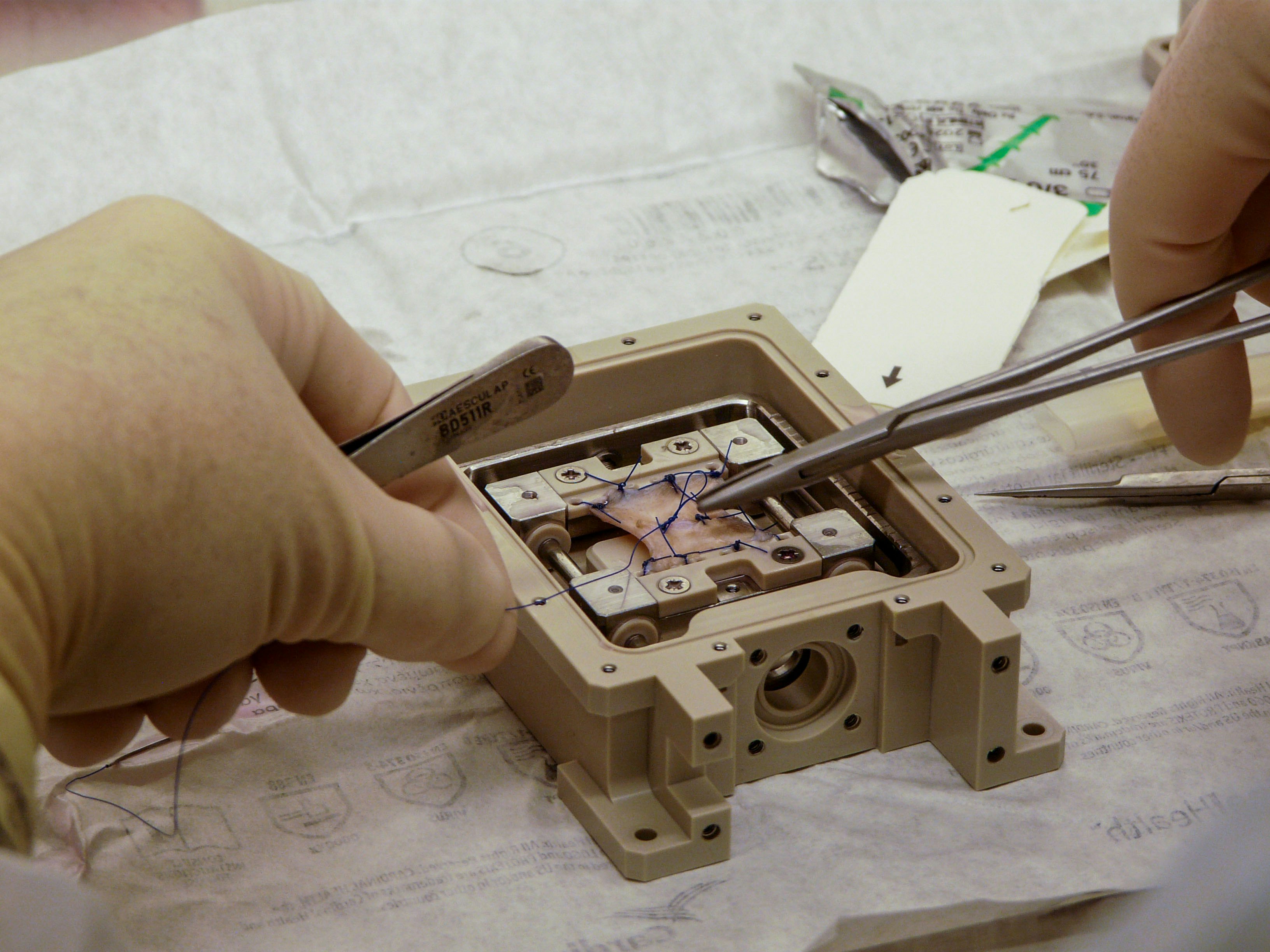
Slices of sutured human skin will be among the special packages that astronauts onboard the International Space Station unbox when their next cargo shipment reaches their home above the clouds. A macabre mail package, yes, but one that will benefit future spacefarers who will likely spend years living off Earth.
On the ISS, the average crewmember spends six months onboard the station, but with NASA’s planned missions to put humans on the Moon on a semi-permanent basis and SpaceX’s ultimate goal to establish a Mars City, the time is nigh when humans will spend far longer stretches in space.
Extra time in space means more opportunities for accidents to happen — including injuries to the astronauts themselves. That’s why biomedical researcher Monica Monici at the University of Florence, Italy, and her team are sending up the Suture in Space experiment for astronauts at the ISS to test how flesh wounds heal in microgravity. Ultimately, the researchers want to know how blood vessels and stitched-up skin seal and heal in a different gravitational environment.
The experiment was set to launch on June 10 aboard a SpaceX Falcon 9 and Dragon capsule. NASA announced on Monday June 6 that they’ve postponed the launch until further notice.
(If you are squeamish, continue reading with caution.)
Why it matters — Here’s what we know: Microgravity has strange effects on the human body — including our ability to heal. On Earth, gravity plays an important part in how our body knits itself back together after an injury. Take gravity away, or change it, and that process is thrown awry.
“Wound closure is delayed in microgravity conditions,” Monici says. She made the remarks during a NASA press conference held on Thursday, June 2.
If you’ve been watching Disney+’s Obi-Wan Kenobi, or, for that matter, any chapter of the Star Wars saga, you know that people can get battered and bruised in space.
“During long-term space exploration missions, the risks for injuries from accidents [increase] and unexpected, imagined surgeries could increase,” she says.
If humans are too far from Earth (or too gravely wounded) to travel home for medical care, they’ll need to be treated in space. Especially if they have a cut or wound that is causing them to bleed copiously.

How gravity heals
Our planet’s gravity helps the human body to mend small cuts and larger gashes via complex processes that play out at the cellular and tissue level, as the Suture in Space researchers outline on their mission page.
“It is a complex and dynamic process whose machinery is not completely known despite the fact that it has been studied in-depth on Earth,” they state.
Errors in the healing process can pose a problem — as can changes in the environment.
“Interruption, failure, or alteration in one or more phases of the repair process can lead to the formation of non-healing chronic wounds or fibrotic scars,” the researchers write.
In other words, if the healing process doesn’t go well, a person might be left with a continuously open wound, which is prone to infection, or with scarring that causes pain, numbness, or other issues.

How they did it — To learn about the “completely unknown” nature of wound healing in microgravity, scientists first collected four samples of human skin and four samples of human blood vessels during biopsy surgeries at Careggi University Hospital in Florence, Italy.
Then, they cut the samples, patched them up with stitches, and placed them into a controlled experiment unit, ready for launch into space.

The Suture in Space experiment is also known by a lengthier moniker: Wound Healing and Sutures in Unloading Conditions. During a four-week period, astronauts will divide the eight sutured samples into two batches. Two blood-vessels and two skin slices are incubated for just four days, then put in cold storage to stop their healing. The other specimens are left to incubate for longer time, roughly nine days, then placed in a freezer. This approach will give scientists a glimpse into how wounds seal in space during two distinct phases of the healing process.
What’s next — Suture in Space will launch on a SpaceX Dragon capsule no earlier than Friday, June 10 at 10:45 a.m. Eastern. The cargo ship will reach the ISS flying atop a Falcon 9 rocket, which will lift off from Launch Complex 39A at NASA’s Kennedy Space Center in Cape Canaveral, Florida.
Suture in Space will fly on the Dragon with four other experiments. One project, called EMIT, will attach to the ISS itself and scan our planet’s land for traveling sand particles. Students at Stanford are sending up their Biopolymer investigation into how cow protein might be useful for making lunar building blocks. Immunosenescence will explore how tired immune cells can be revitalized. To learn about plant and food production off Earth, the DynaMoS mission will study soil microbes in space.
Once aboard the ISS, the Suture in Space samples will remain in orbit for about a month before they are returned to Earth on board a supply shuttle. Once the samples are back on Earth, then Monici’s team can take a closer look at how they fared. Her team will study the scar structure, the expression of wound-healing genes, and look for signs of possible necrosis. Necrosis is what happens when your tissue starts to die due to injury, disease, or a lack of blood supply.
Editor’s Note: On June 6, this article was updated with new launch date information. When the story was first published on June 3, NASA had set CRS-25’s launch for June 10. NASA is no longer attempting the launch that day and has not announced a new date.







